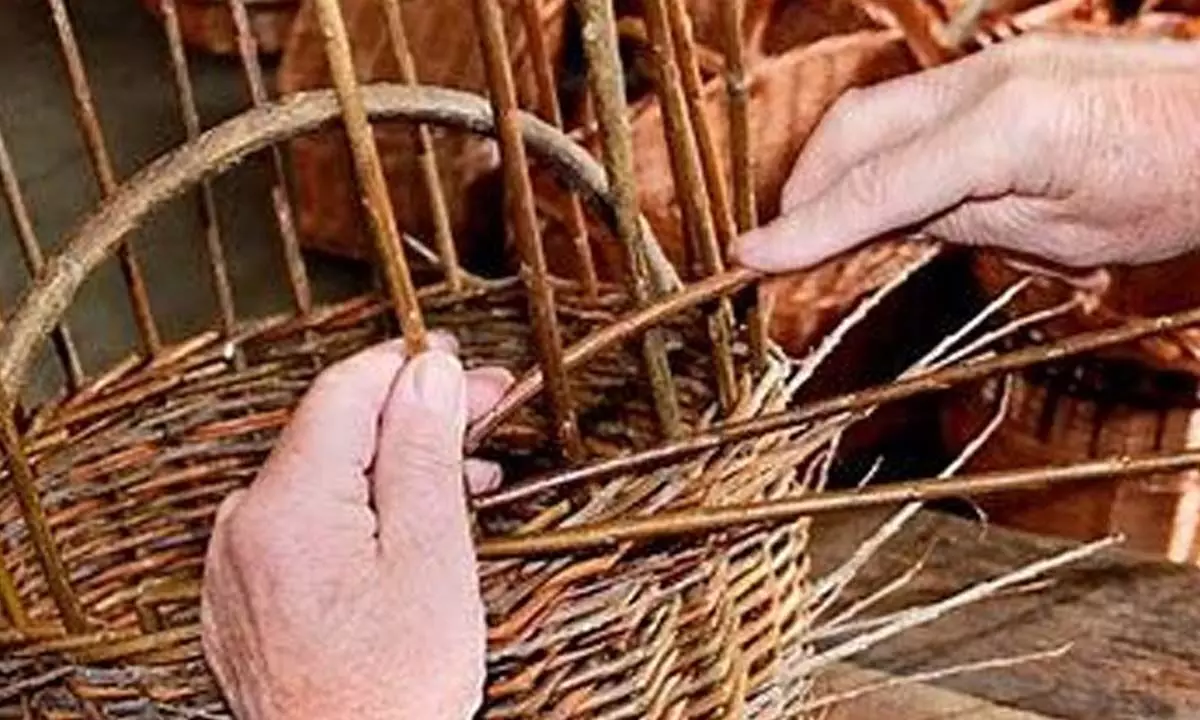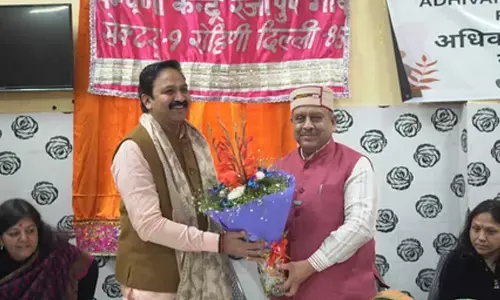Know the History of Basket Weaving: Make baskets using recycled materials

Know the History of Basket Weaving: Make baskets using recycled materials
- Basket weaving is oldest craft known to the mankind
- The oldest known basket were discovered in Faiyum in upper Egypt and have been carbon dated between 10.000 and 12,000 years old.
Basket weaving is the one of the widest spread crafts in the history of any human civilization. It is really very difficult to say, as to how old the craft is, because of the natural material, which are usually used while weaving a basket. The material generally used for weaving basket are wood, grass, animal remains, all of these tend to naturally decay, hence to find out as to when the craft of basket making originated Is difficult. Hence, without proper preservation, much of the history of basket making has been lost and it is simply speculated upon.
Basket weaving dates back a very long time, in fact, it pre-dates few forms of pottery as well as woven cloth. Evidence suggest that, it has been discovered in the form of stone carvings from around 20,000 years BC. The materials used would have depended on people surroundings and varied considerably from willow to roots, brambles, vines, oak, ash, hazel, bamboo, leaves, straw, rush and bark. Few thing were woven and few others were coiled.
The oldest known baskets were discovered in Faiyum in upper Egypt and have been carbon dated between 10,000 and 12,000 years old, earlier than any established dates for archaeological evidence for pottery vessels, which were too heavy and fragile to suit far ranging hunter gatherers. The oldest as well as largest complete basket discovered in Negev in Middle East, dates to 10,500 years old. However, baskets seldom survive, as they are made from perishable materials. The most common evidence of a knowledge of basketry is an imprint of the weave on fragments of clay pots, formed by packing clay on the walls of the basket and firing.
Industrial Revolution
During the industrial Revolution, baskets were used in factories and used for packing and deliveries. Wicker furniture became fashionable in Victorian society.
During the world wars, thousands of baskets were used for the purpose of transporting messenger pigeons. There were also observational balloon baskets, baskets for shell cases and airborne pannier basket used for dropping supplies of ammunition and food to the troops.
The technique of weaving has been passed along, re-discovered and expanded upon throughout the years and is still being expanded upon today. Baskets were at one time used simply for the purpose of storage and transportation of goods. Today, functional baskets are still in use, but many are made for decorative purposes.
If you wish to make an eco-friendly as well as durable basket, you can use any of these
-Plastic bags
-Plastic bottles
-Yam
-Paper in just about all of its form
-Old blue jeans
-Old T-shirts
-Telephone wire
-Plastic or cotton clothesline

















